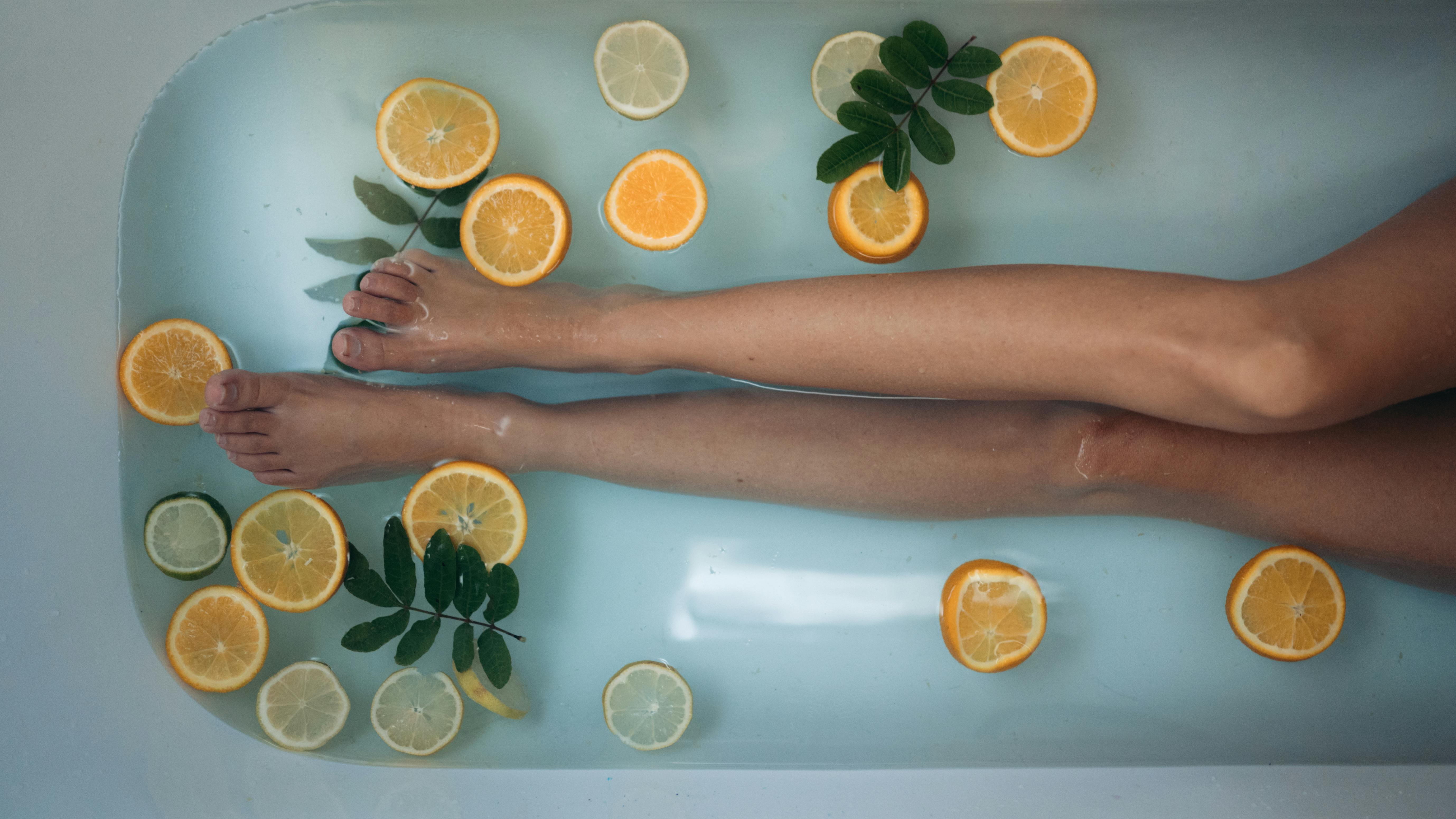Unmasking the Mystique of Botox: A Comprehensive Guide
Botox, a name synonymous with ageless beauty, has been a leading player in the aesthetic industry for decades. Originally approved by the FDA in 1989 for therapeutic use, it has since become a household name in cosmetic dermatology. Despite the widespread use and cultural acceptance, there is a lot of mystery surrounding Botox. This article aims to unmask the mystique of Botox, offering a clear understanding of its history, how it works, its current relevance, and its potential future.

A Brief History of Botox
Botox, also known as Botulinum toxin, was first discovered in the early 19th century by a German physician. Initially, it was associated with a form of food poisoning. However, it wasn’t until the second half of the 20th century that scientists began to explore its potential therapeutic uses.
In the late 1980s, the FDA approved Botox for treating uncontrollable blinking and lazy eye, marking the beginning of its medical applications. By the turn of the millennium, Botox had secured FDA approval for cosmetic use, and its popularity skyrocketed. Botox’s journey from a deadly toxin to a celebrated beauty treatment is a testament to the wonders of medical science.
Botox: Beyond Wrinkles and Fine Lines
Despite its fame as an anti-aging treatment, Botox’s applications extend beyond cosmetics. It is used to treat a variety of medical conditions, including chronic migraines, excessive sweating, and certain bladder disorders.
In the cosmetic realm, Botox is primarily used to smooth wrinkles and fine lines by temporarily paralyzing the underlying muscles. This non-surgical procedure is most commonly used on forehead lines, crow’s feet, and frown lines.
The Current Relevance of Botox
Today, Botox continues to be a popular choice for those seeking to maintain a youthful appearance. According to the American Society of Plastic Surgeons, Botox is the top minimally-invasive cosmetic procedure in the United States, with over 7.7 million procedures performed in 2019 alone.
The popularity of Botox can be attributed to its relatively low cost, quick results, and minimal recovery time. Additionally, the social stigma associated with cosmetic procedures has significantly decreased, leading to a rise in both male and female patients.
The Reception and Impact of Botox
The reception of Botox has been generally positive, with many people praising its effectiveness in reducing the appearance of wrinkles and fine lines. However, it has also faced criticism. Some argue that it promotes unrealistic beauty standards and contributes to a culture of ageism.
Despite these criticisms, it is undeniable that Botox has had a profound impact on the beauty industry. It has prompted a shift from invasive surgical procedures to minimally-invasive treatments, opening up cosmetic enhancement to a larger population.
The Future of Botox
The future of Botox looks promising. Researchers are continually discovering new uses for the drug, both in the cosmetic and therapeutic fields. In the aesthetic realm, there is ongoing research into using Botox for hair revitalization and treating skin conditions such as acne and rosacea.
The potential of Botox extends beyond its current uses. With continuous research and advancement in technology, Botox might become an even more integral part of both the medical and cosmetic worlds.
Conclusion
Botox has come a long way since its discovery in the 19th century. Its transformation from a harmful toxin to a celebrated beauty treatment is a fascinating story. While Botox is primarily known for its cosmetic uses, its therapeutic applications are equally important. Despite criticisms, its impact on the beauty industry cannot be denied. As researchers continue to uncover new uses for Botox, its potential appears limitless.




